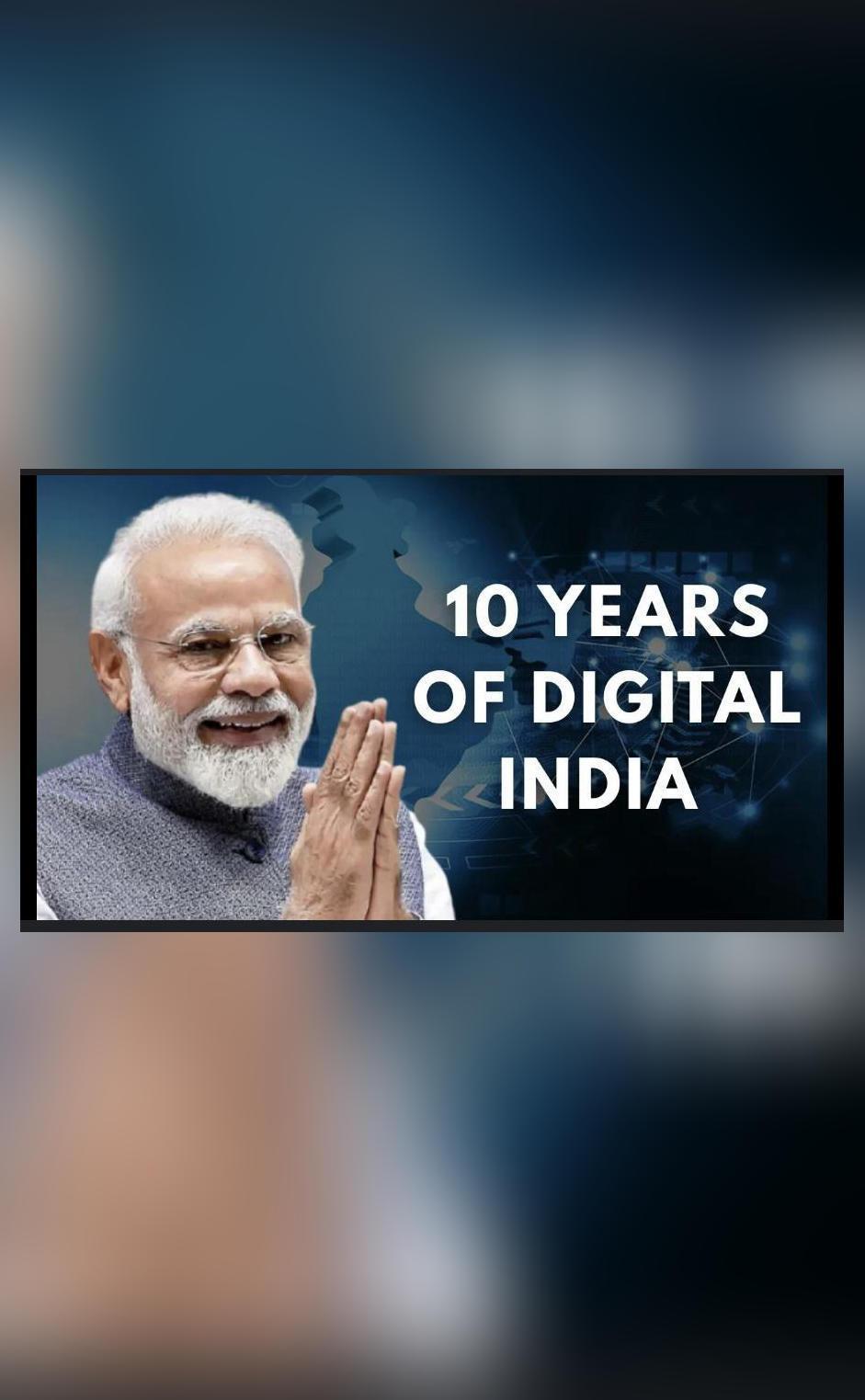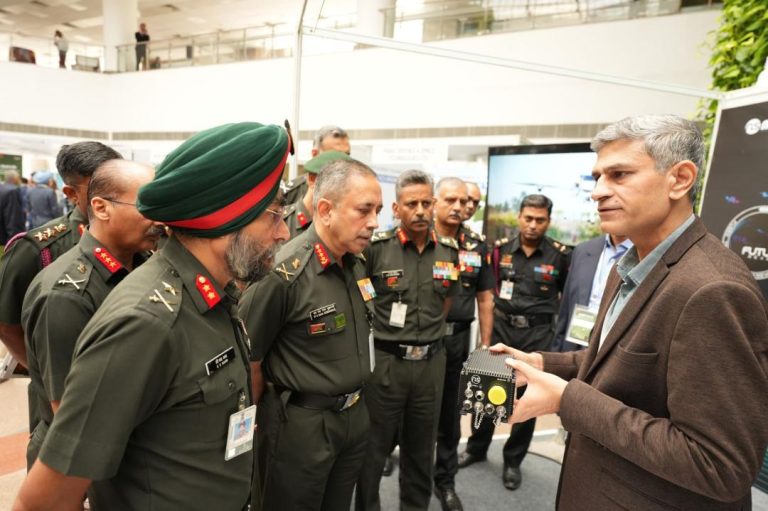
10 Years of Digital India: Milestones in Tech, Health, and Education
October 2015 marked the beginning of a new era in India, as Prime Minister Narendra Modi launched the “Digital India” initiative. The ambitious program aimed to transform India into a digitally empowered society and a knowledge economy. Ten years down the line, Digital India has made significant progress in various sectors, including education, healthcare, MSMEs, and AI. In this blog post, we’ll take a closer look at the milestones achieved by Digital India and its impact on the nation.
Education
One of the key areas where Digital India has made a significant impact is education. The program has focused on making education more accessible, affordable, and inclusive. Some notable achievements in this sector include:
- The rollout of the National Digital Library (NDL) in 2016, which provides access to over 2.5 million e-books, articles, and other learning materials to students and researchers.
- The launch of the National e-Learning Platform (NeLP) in 2018, which offers a range of online courses and degree programs to students across the country.
- The implementation of the Digital Education Platform (DEP) in 2020, which provides a single-window interface for students to access various educational services, including online courses, exam results, and scholarship applications.
These initiatives have not only increased access to education but also improved the quality of education in India. According to a report by the Ministry of Human Resource Development, the number of students enrolled in online courses has increased by over 50% in the past five years.
Healthcare
Digital India has also made significant progress in the healthcare sector, with a focus on improving healthcare infrastructure, increasing access to healthcare services, and enhancing patient outcomes. Some notable achievements in this sector include:
- The launch of the Ayushman Bharat Digital Mission (ABDM) in 2020, which aims to create a unified digital health ecosystem in the country.
- The implementation of the National Health Electronic Health Record (NEHR) in 2018, which enables healthcare providers to access patient records digitally.
- The rollout of telemedicine services in various parts of the country, which has improved access to healthcare services, especially in rural areas.
The healthcare sector has seen significant improvements in patient outcomes, with a reduction in mortality rates and an increase in the number of patients receiving timely treatment.
MSMEs
Digital India has also focused on empowering Micro, Small, and Medium Enterprises (MSMEs) by providing them with access to digital platforms and tools. Some notable achievements in this sector include:
- The launch of the Government e-Marketplace (GeM) in 2016, which provides a single-window interface for government procurement of goods and services from MSMEs.
- The implementation of the Open Network for Digital Commerce (ONDC) in 2022, which aims to create a unified digital commerce ecosystem in the country.
- The rollout of digital platforms for MSMEs, such as the MSME Samadhaan portal, which enables MSMEs to access various government schemes and services online.
These initiatives have not only increased the visibility of MSMEs but also improved their competitiveness, with many MSMEs reporting increased sales and revenue.
AI
Digital India has also made significant progress in the field of Artificial Intelligence (AI), with a focus on developing AI-powered solutions for various sectors, including healthcare, education, and MSMEs. Some notable achievements in this sector include:
- The launch of the $1.2 billion AI Mission in 2020, which aims to develop AI-powered solutions for various sectors and industries.
- The implementation of AI-powered chatbots in various government departments, which has improved customer service and reduced response times.
- The rollout of AI-powered diagnostic tools in the healthcare sector, which has improved patient diagnosis and treatment outcomes.
Conclusion
In conclusion, Digital India has made significant progress in various sectors over the past ten years, including education, healthcare, MSMEs, and AI. The program has not only improved access to various services but also enhanced the quality of services and outcomes. As India continues to march towards a digitally empowered society, it is essential to build on these achievements and address the challenges that lie ahead. With its focus on a humanity-first approach to technology, India is poised to become a leader in the global digital landscape.
Source:






